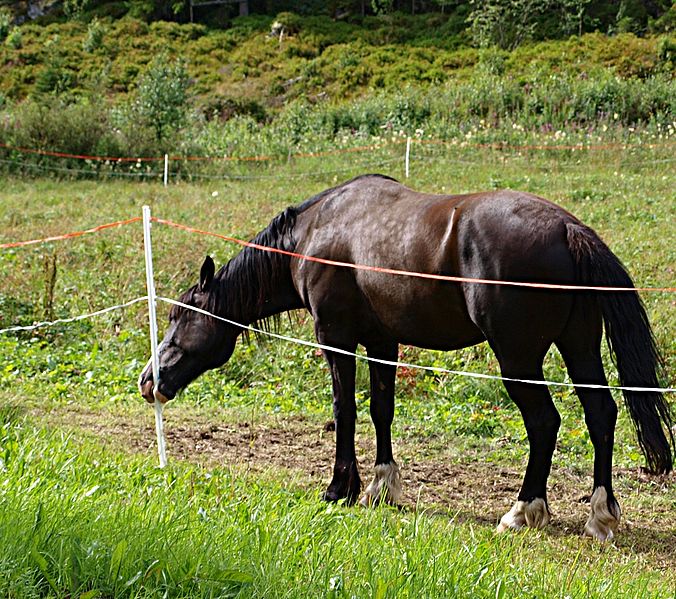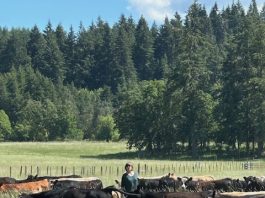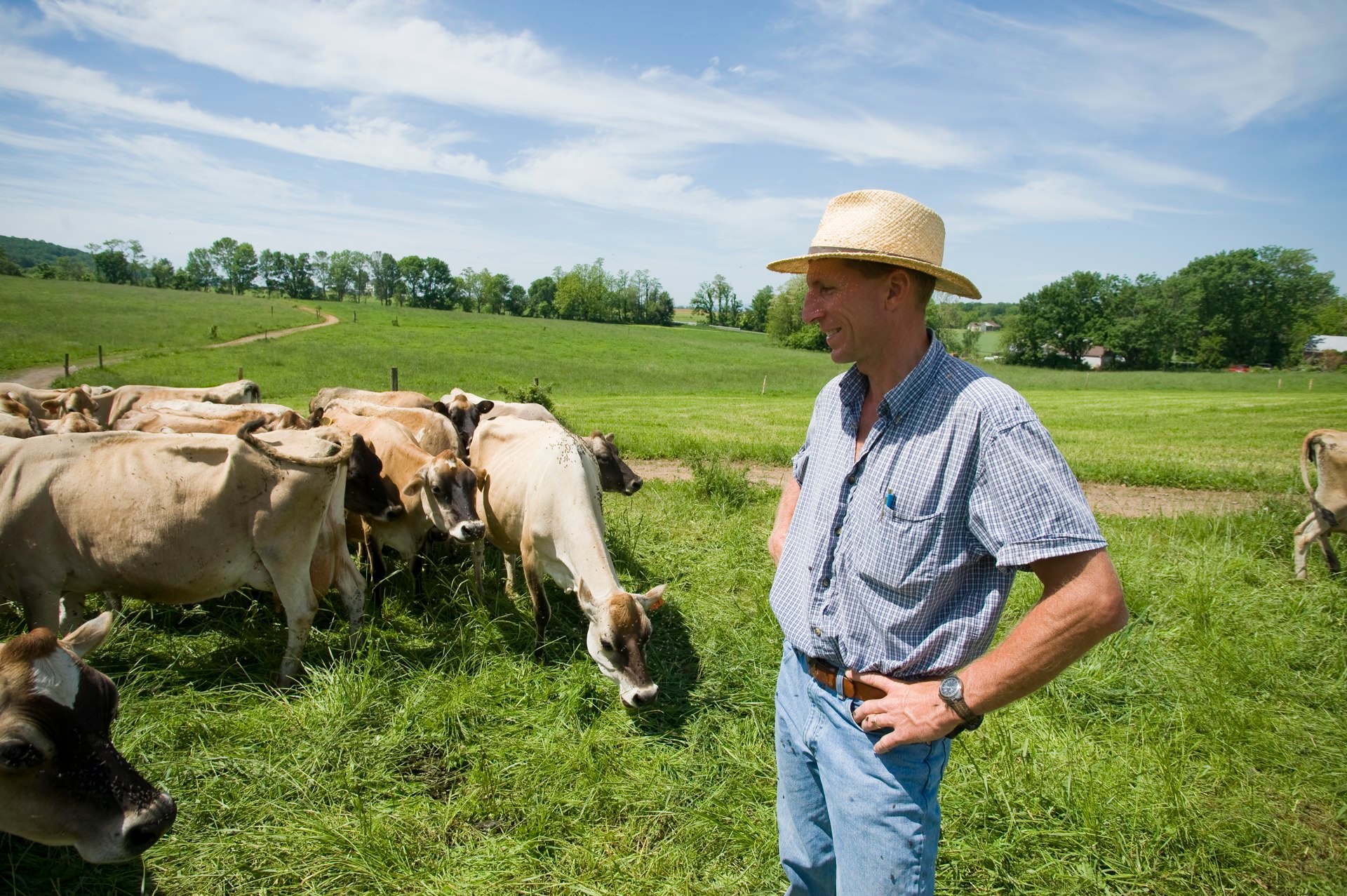
Dividing the pasture area for your horse into several small paddocks is one of the best ways to make the pasture more productive. Small paddocks can also contribute to better manure management and weed control. When a horse finds an area in the pasture that has the type of forage they prefer, they will usually keep on grazing this area and disregard the rest of the pasture.
Because of the continuous grazing, the preferred species/areas become weak and can’t compete with less desirable plants such as weeds. Allowing appropriate rest periods (approximately 30 days for every 1-2 weeks of grazing) can help reduce overgrazing and stress on desirable pasture plants.
It is common for a horse to choose an area of the pasture to defecate and not graze. Dividing the pasture into two or more smaller paddocks can help to eliminate this problem. Instead of one or two big dropping areas, you have several smaller ones. Smaller manure piles dry and break up faster, reducing fly numbers and odor. Dragging the paddock helps break up the piles, dries out the manure, and distributes nutrients back to the pasture.

Mowing helps even out the pasture area, maintains vegetative growth, and helps to control weeds. Mowing pastures to a height of 4” three to four times a year will keep the grasses in a vegetative stage, a more desirable and palatable growth stage. Make sure to mowing weeds at or before flowering to prevent new seeds from entering the soil. Apply herbicides selectively and carefully, and only if necessary. Applying herbicides in the spring or summer will help control annual and biennial weeds, however, frequent (3-4 times a year) mowing will control most annual weeds.
For effective perennial weed control, keep mowing throughout the growing season to prevent new seeds from forming and keep plants in the vegetative stage. Apply herbicides in early fall (around September 1st) for the most effect control of perennials.
Finally, take a soil sample to determine if your pasture needs additional fertilizer. If it does, split the fertilizer in thirds and apply the fertilizer on major summer holidays (Memorial Day, Fourth of July, and Labor Day).
Resting your pasture, rotational grazing, mowing, dragging, and fertilizing will help boost productivity. Remember to introduce horses to pasture slowly over several weeks, and limit grazing for easy keepers or overweight horses.




